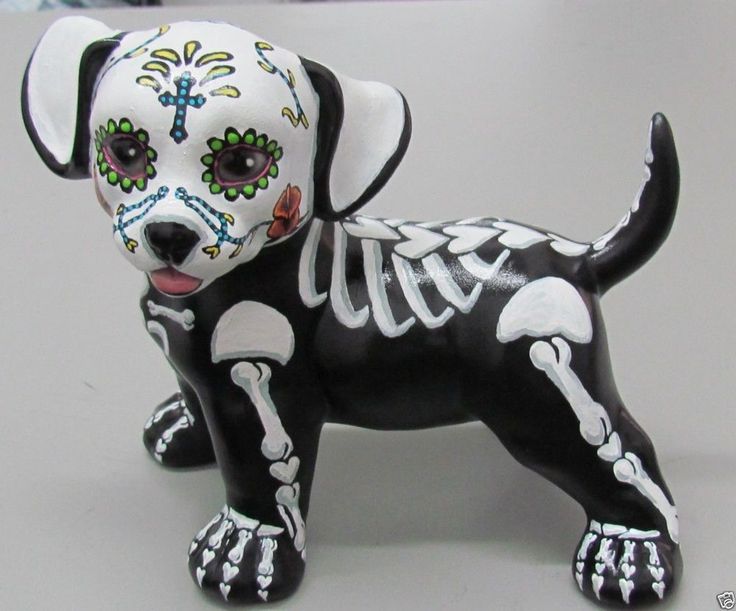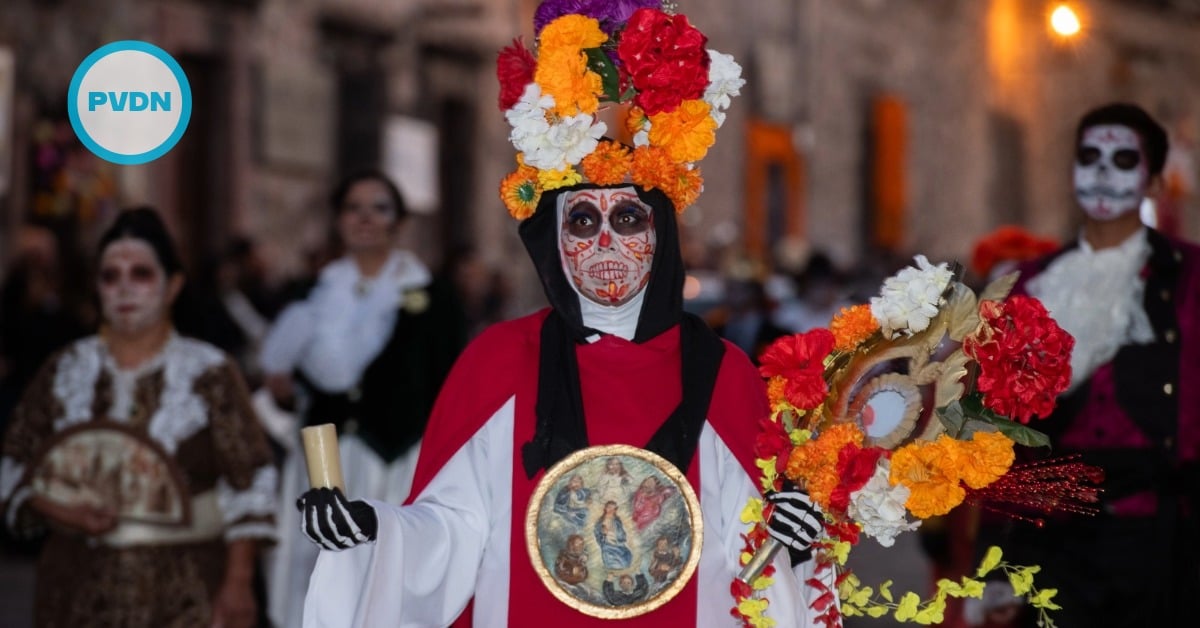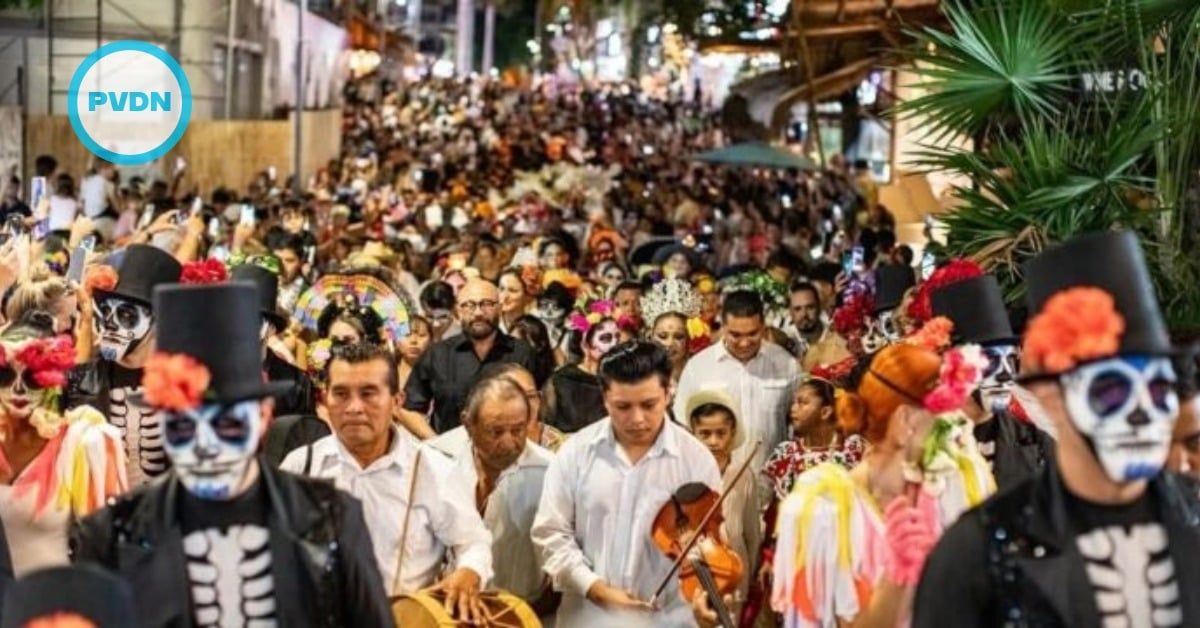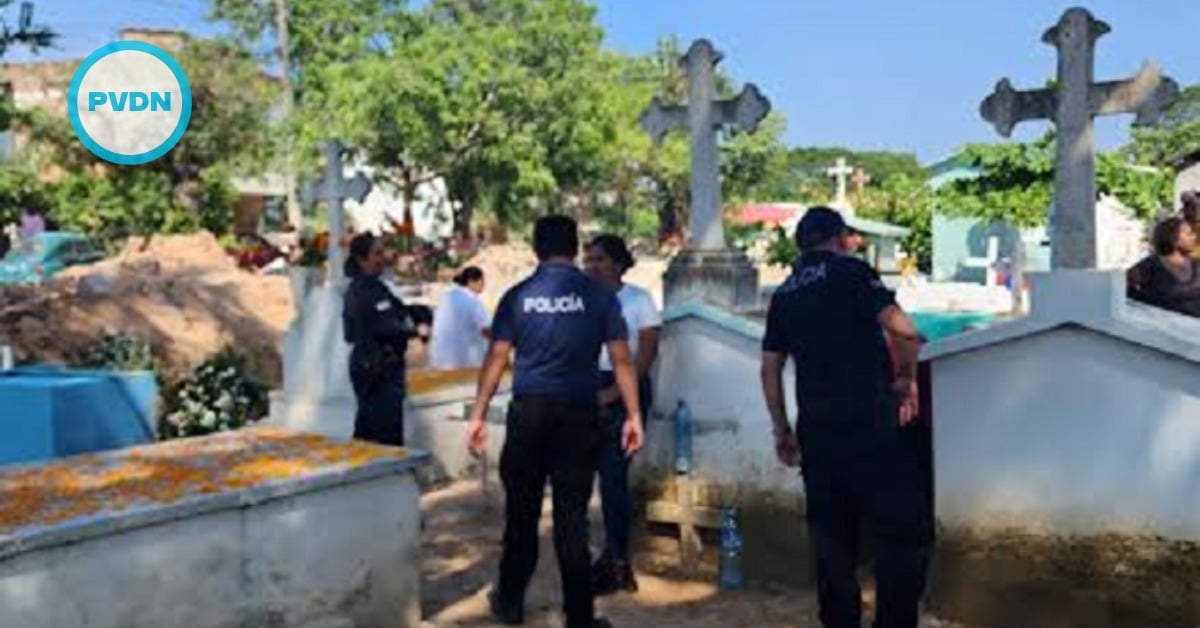As a ritual that summons the memory, the offerings that are placed on the Day of the Dead represent a way to share with the deceased the bread, salt, fruits, culinary delicacies, water and if they were adults, the wine .
The National Commission for the Development of Indigenous Peoples (CDI) says that they are a means to where our dead loved ones come to drink, eat, rest and live with their relatives.
The altars for the dead as we know them today are a reflection of the syncretism of the old and new world, a cultural mixture where the Europeans . . .







